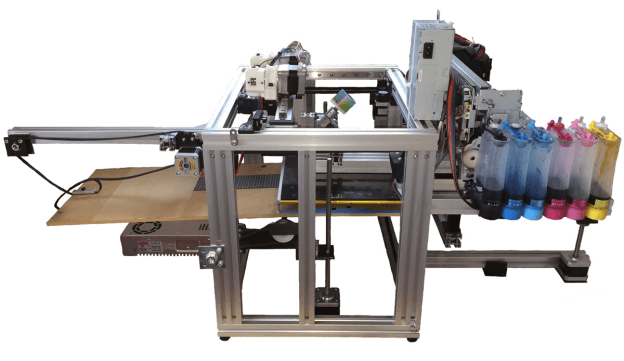3D Printing is a mode of manufacturing where three-dimensional objects are produced by incrementally adding material until the desired object is complete. The process is the exact opposite of subtractive manufacturing techniques (like milling or carving), where portions are taken out of the raw material until the object is developed. Under 3D printing, there is FMD 3D printing. FDM (Fused Deposition Modelling) is the most commonly used mode of 3D printing. Established in the early 1980s, an FDM 3D Printer heats a thermoplastic filament to its melting point and extracting the filament layer after another until a three-dimensional object is developed.
How FDM 3-D printing works
The first step to using an FDM 3D printer is uploading a digital design to the printer. The polymers are then fed through a nozzle from a coil. But note, there are different types of polymers, such as ABS and PEEK, that take the form of plastic threads. Filaments are then melted onto the build platform. The build platform is the table on the printer with a base and nozzle controlled by a computer. The purpose of the computer is to translate the object design and its dimensions into co-ordinates. The coordinates are then fed into the machine for the nozzle and base to follow during the printing process.
The Printing Process

Once the coordinates have been established, the nozzle moves across the base following the coordinates. In the process, the plastic cools forming a solid substance that is bound with the former layer after layer. While this happens, the head of the printer keeps going up to allow for the next plastic layer to be laid. The printing process usually is fast. However, the size and design complexity of the object determine how quickly the task will be concluded.
Types of FDM 3D printers
There are three main four of FDM 3D printers in the market.
- Cartesian printer- perhaps this is the most common of the three types. It is a box-shaped design with a base that moves on the Z-axis as the extruder moves on the X and Y-axis based on the cartesian system of coordination in mathematics.
- Delta printer- This printer features a circular base with a suspended extruder at the top. The name delta is derived from the triangular shape that is formed by the three metal arms that support the nozzle.
- Polar printer- This 3D printer features a rotating base with nozzles that can move across all extreme ends (up, down, left, and right) hence its name. It is more common in the production of astronomical objects in small spaces, and it is the more energy-efficient of the rest.
- Scara printer- This 3D printer works like a robotic system, hence its name scara (Selective Compliance Assembly Robotic Arm). It is by far the most precise and accurate of the four.

Final Word
What sets FDM 3D printing apart from other modes of printing is its cost-efficiency, ease of use, availability of a wide range of printing materials, and accuracy. It is, therefore, more accessible.















